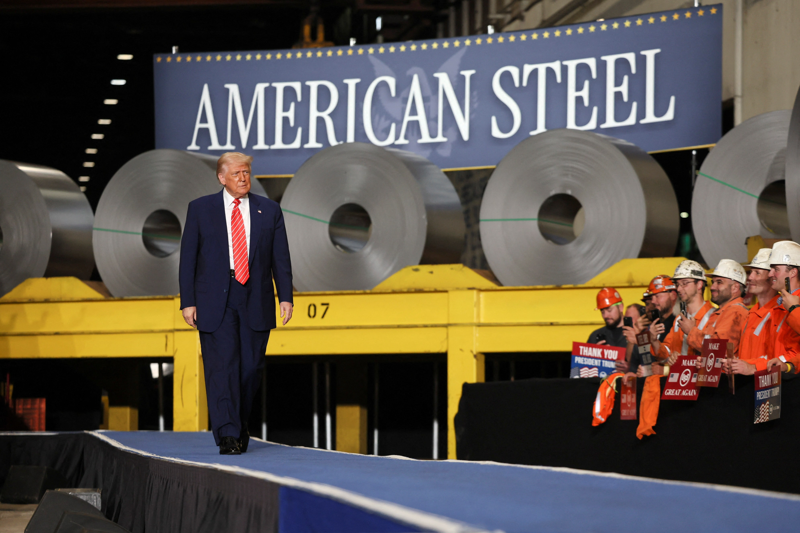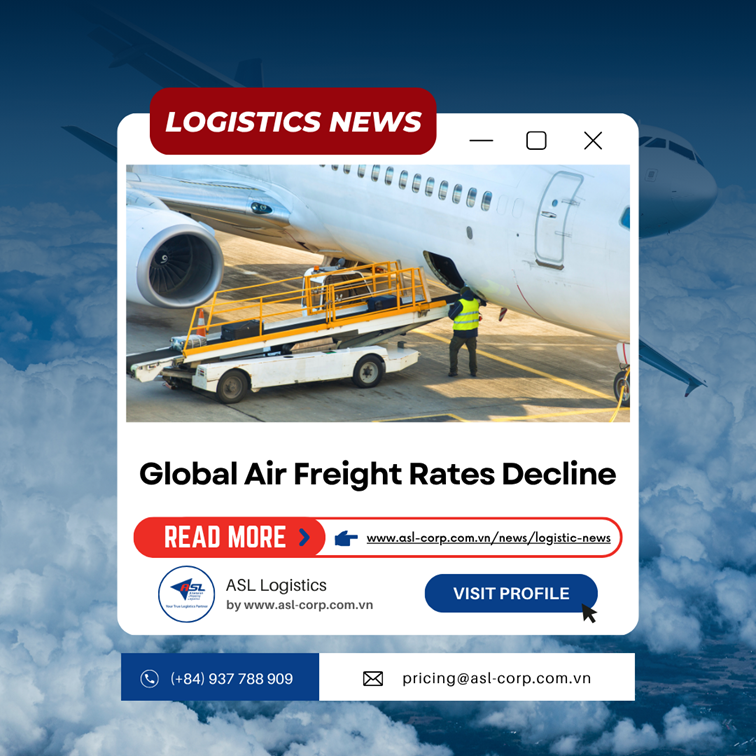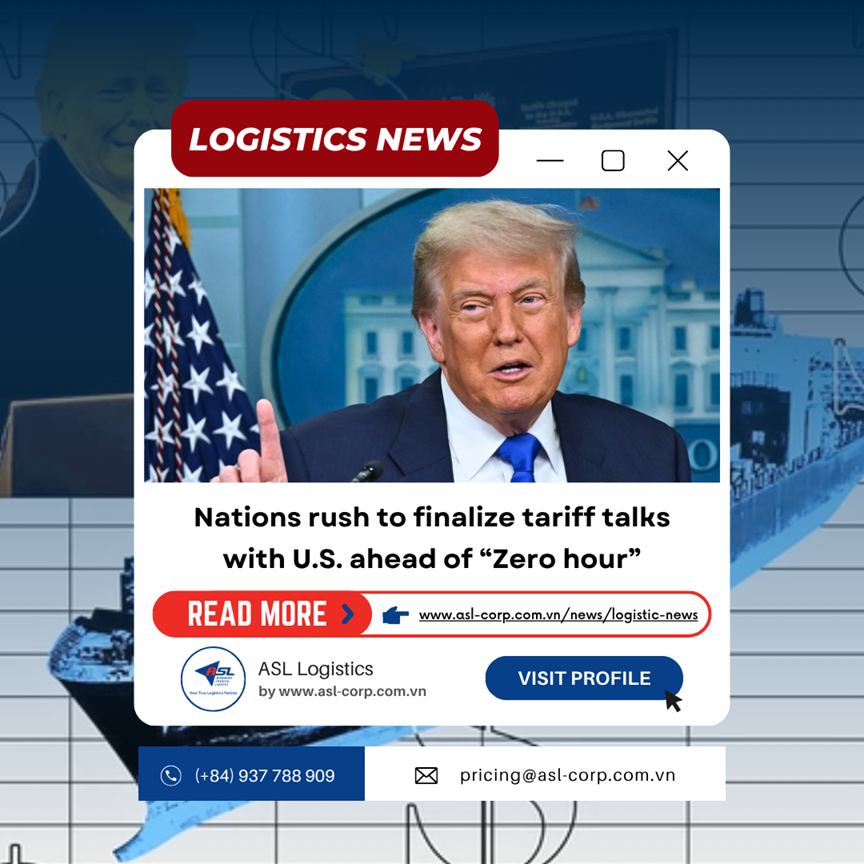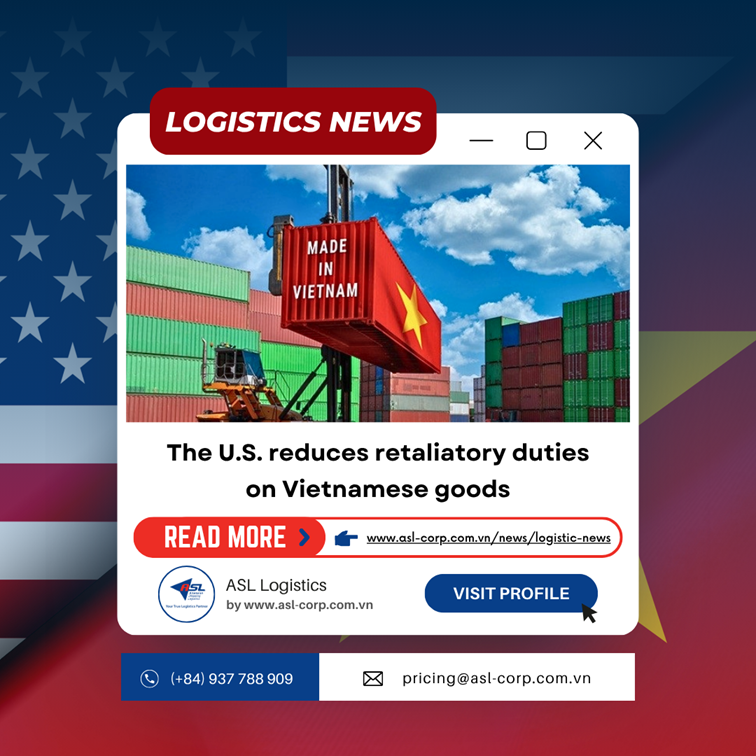Logistic News
U.S. RAISES TARIFFS ON ALUMINUM AND STEEL TO 50% EFFECTIVE JUNE 4
05 June 2025
This tariff rate is double the 25% imposed in March. However, aluminum and steel imported from the UK are exempt from the new rate.

On the night of June 3, President Donald Trump signed a proclamation increasing tariffs on imported aluminum and steel to 50%, effective at 12:01 AM on June 4, U.S. Eastern Time.
This new tariff rate is double the 25% imposed in March. However, aluminum and steel imports from the United Kingdom are exempt from the new rate and will continue to be subject to the previous 25% tariff.
"This tariff will further protect the U.S. steel industry," Trump announced at an event in Pennsylvania last Friday. "No country can avoid this tariff."
According to Lourenco Goncalves, Chairman of the American Iron and Steel Institute (AISI), the U.S. steel industry has long been threatened by cheap imported steel.
"Clearly, the President's tariff measures will attract more foreign investment commitments to the U.S., including significant investments in the steel manufacturing sector," Goncalves remarked.
The U.S. is the world's largest importer of steel. Imports accounted for approximately 30% of steel consumption in the country in 2023.
Steel prices in the U.S., currently double the global average, are expected to rise further due to Trump's new tariffs. On May 26, the price of one ton of steel in the U.S. was $901, according to data from SteelBenchmarker.
When the Trump administration implemented a 25% tariff on imported aluminum and steel in March, steel prices immediately surged but later declined.
"It is highly likely that prices will rise again," said Yuji Matsumoto, a research analyst at Nomura Securities, in an interview with Nikkei Asia.
For aluminum, during Monday's (June 2) trading session, the U.S. aluminum premium on the London Metal Exchange increased by 50% compared to the previous Friday. The premium is a measure of U.S. aluminum prices.
Industries dependent on steel in the U.S., such as automotive manufacturing and construction, are concerned that aluminum prices will rise further. Automaker Ford Motor forecasts that the tariffs will result in approximately $1.5 billion in lost profits.
"About 85% of the steel Ford uses is domestically produced," said Sherry House, Ford's Chief Financial Officer, at an event in May. "However, we believe we can overcome the price impacts."
Japanese automakers such as Toyota Motor and Honda Motor use mostly domestic U.S. aluminum and steel for their factories in the country.
"The impact of the tariffs on these companies is expected to be minimal," said Tomoyuki Suzuki, CEO of AlixPartners. "However, they may still rely on imports from Japan for certain specialty steel items that cannot be produced in the U.S."
According to Suzuki, if automakers and other businesses cannot absorb the increased costs due to the tariffs, they will pass those costs onto consumers by raising prices. Therefore, the increased tariffs on imported aluminum and steel may lead to higher prices for cars and automotive parts in the U.S.
"For domestic supply chains, this is a positive development. But for companies dependent on products linked to global supply chains, the tariffs will increase pressure on their operations," said Jeff Moskaluk, Vice President of Swedish steel company SSAB.
For U.S. steel manufacturers, if higher prices for cars and other items lead to reduced demand, they will experience negative impacts on profits. This occurs amid a backdrop where U.S. steel producers are already witnessing declining profits due to rising raw material costs.
U.S. Steel, a company currently finalizing a deal with Japanese steelmaker Nippon Steel, has reported net losses for two consecutive quarters. Therefore, if demand from major customers like automakers continues to decline, the situation may worsen.
The U.S. is also the world's largest exporter of scrap steel. If Trump's tariffs stimulate domestic steel production, the demand for imported scrap steel as raw material may surge, driving up prices in the U.S. If these higher prices spread globally, steel manufacturers worldwide may also face increased costs.
Source: VnEconomy

Head Office
ASL Hồ Chí Minh
Số 31/34A Ung Văn Khiêm, Phường Thạnh Mỹ Tây, TP. Hồ Chí Minh, Việt Nam
 Công Ty Cổ Phần Giao Nhận Vận Tải Mỹ Á
Công Ty Cổ Phần Giao Nhận Vận Tải Mỹ Á
 (+84)28 3512 9759
(+84)28 3512 9759
 (+84)28 3512 9758
(+84)28 3512 9758
 pricing@asl-corp.com.vn
pricing@asl-corp.com.vn
 mdirector@asl-corp.com.vn
mdirector@asl-corp.com.vn
 www.asl-corp.com.vn
www.asl-corp.com.vn
LOGISTICS SERVICES











.png)
.png)

.png)




